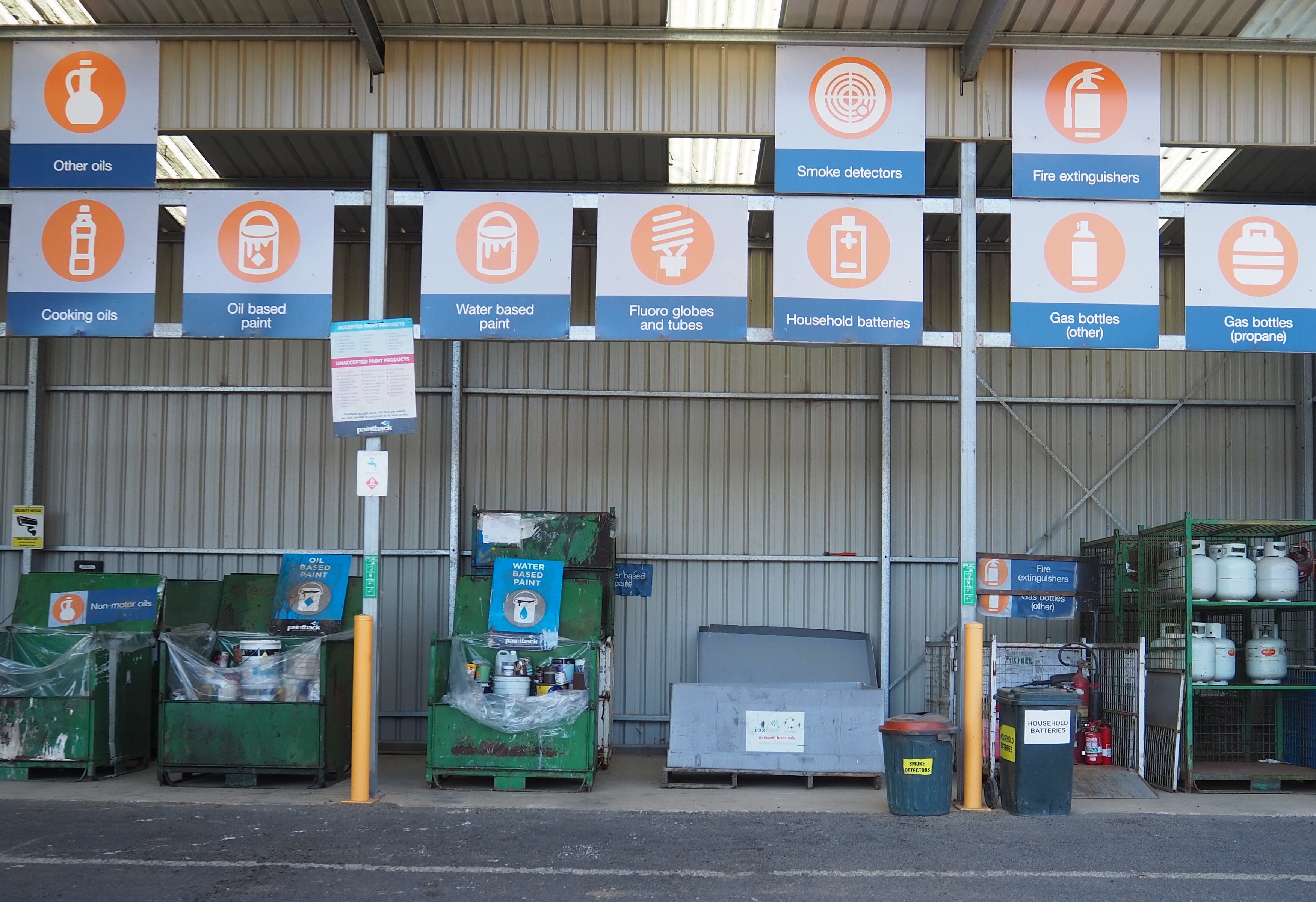Ulva Island is a predator free island 780 m off Rakiura Stewart Island, and is a popular location to experience one of the few pest-free open sanctuaries in New Zealand.
Jennifer Ross, DOC Operations Manager Rakiura, says DOC has initiated an incursion response, which means increasing the intensity of biosecurity checks to make sure there are no other rats present on the island.
“Given how close Ulva is to the mainland and how many people visit it, incursions are frequent, averaging between 1 and 2 incursion events each year,” says Jennifer.
“Catching rats in traps is a key way we detect invaders and protect the island from rat populations becoming established.”
“Our response will include having more rangers on the ground completing more trap and trail camera checking, as well as additional rat detection dog survey work. A technical advisory group will also be appointed to support the operation and provide expert advice.”
DOC undertook an eradication programme on Ulva Island in winter 2023 after a breeding population of rats established on the island. In the months since the eradication took place, monitoring – including trap checks, motion sensitive camera surveillance, and the use of rodent detection dogs – had not shown any sign of rats remaining on the island.
“Since the last incursion, we’ve upgraded the island’s biosecurity system with new tools like trail cameras, more frequent trap checks, and a rearranged grid increasing detection and control devices in the coastal areas where the pests typically first arrive.”
Genetic analysis on the new rat will determine whether it has remained on the island undetected since the eradication, or if it is a new arrival. While finding a rat on the island is never nice, Jennifer says it shows the defences are working.
“As long as rats are present on Rakiura, reinvasion to Ulva is a high risk. Ulva Island is our best local example of Aotearoa as it used to be, and it’s absolutely worth defending.”
Background information
Iconic Ulva Island/Te Wharawhara is one of the few pest-free open sanctuaries in New Zealand. It is home to vulnerable native species like tieke/South Island saddleback, mohua/yellowhead, titipounamu/rifleman, and South Island kākā.
It was first declared pest free in 1997.








